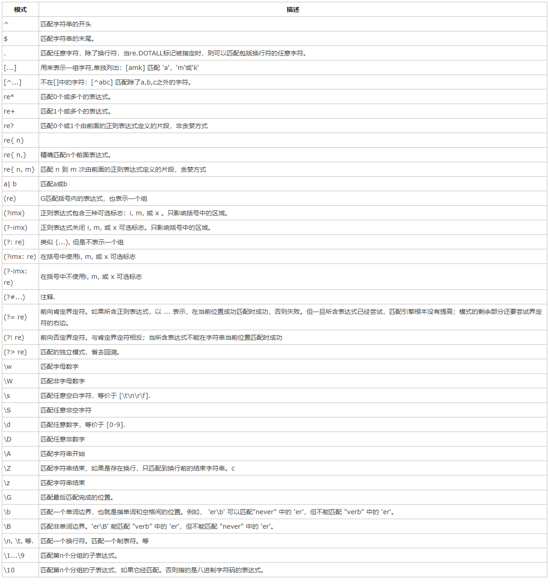tensorflow saver 保存和恢复指定 tensor的实例讲解
在实践中经常会遇到这样的情况:
1、用简单的模型预训练参数
2、把预训练的参数导入复杂的模型后训练复杂的模型
这时就产生一个问题:
如何加载预训练的参数。
下面就是我的总结。
为了方便说明,做一个假设:简单的模型只有一个卷基层,复杂模型有两个。
卷积层的实现代码如下:
import tensorflow as tf # PS:本篇的重担是saver,不过为了方便阅读还是说明下参数 # 参数 # name:创建卷基层的代码这么多,必须要函数化,而为了防止变量冲突就需要用tf.name_scope # input_data:输入数据 # width, high:卷积小窗口的宽、高 # deep_before, deep_after:卷积前后的神经元数量 # stride:卷积小窗口的移动步长 def make_conv(name, input_data, width, high, deep_before,deep_after, stride, padding_type='SAME'): global parameters with tf.name_scope(name) asscope: weights =tf.Variable(tf.truncated_normal([width, high, deep_before, deep_after], dtype=tf.float32,stddev=0.01), trainable=True, name='weights') biases =tf.Variable(tf.constant(0.1, shape=[deep_after]), trainable=True, name='biases') conv =tf.nn.conv2d(input_data, weights, [1, stride, stride, 1], padding=padding_type) bias = tf.add(conv,biases) bias = batch_norm(bias,deep_after, 1) # batch_norm是自己写的batchnorm函数 conv =tf.maximum(0.1*bias, bias) return conv
简单的预训练模型就下面一句话
conv1 =make_conv('simple-conv1', images, 3, 3, 3, 32, 1)
复杂的模型是两个卷基层,如下:
conv1 = make_conv('complex-conv1',images, 3, 3, 3, 32, 1)
pool1= make_max_pool('layer1-pool1', conv1, 2, 2)
conv2= make_conv('complex-conv2', pool1, 3, 3, 32, 64, 1)
这时简简单单的在预训练模型中:
saver = tf.train.Saver() with tf.Session() as sess: saver.save(sess,'model.ckpt')
就不行了,因为:
1,如果你在预训练模型中使用下面的话打印所有tensor
all_v =tf.global_variables() for i in all_v: print i
会发现tensor的名字不是weights和biases,而是'simple-conv1/weights和'simple-conv1/biases,如下:
<tf.Variable'simple-conv1/weights:0' shape=(3, 3, 3, 32) dtype=float32_ref> <tf.Variable'simple-conv1/biases:0' shape=(32,) dtype=float32_ref> <tf.Variable 'simple-conv1/Variable:0' shape=(32,)dtype=float32_ref> <tf.Variable 'simple-conv1/Variable_1:0' shape=(32,)dtype=float32_ref> <tf.Variable 'simple-conv1/Variable_2:0' shape=(32,)dtype=float32_ref> <tf.Variable 'simple-conv1/Variable_3:0' shape=(32,)dtype=float32_ref>
同理,在复杂模型中就是complex-conv1/weights和complex-conv1/biases,这是对不上号的。
2,预训练模型中只有1个卷积层,而复杂模型中有两个,而tensorflow默认会从模型文件('model.ckpt')中找所有的“可训练的”tensor,找不到会报错。
解决方法:
1,在预训练模型中定义全局变量
parm_dict={}
并在“return conv”上面添加下面两行
parm_dict['complex-conv1/weights']= weights parm_dict['complex-conv1/']= biases
然后在定义saver时使用下面这句话:
saver= tf.train.Saver(parm_dict)
这样保存后的模型文件就对应到复杂模型上了。
2,在复杂模型中定义全局变量
parameters= []
并在“return conv”上面添加下面行
parameters+= [weights, biases]
然后判断如果是第二个卷积层就不更新parameters。
接着在定义saver时使用下面这句话:
saver= tf.train.Saver(parameters)
这样就可以告诉saver,只需要从模型文件中找weights和biases,而那些什么complex-conv1/Variable~ complex-conv1/Variable_3统统滚一边去(上面红色部分)。
最后使用下面的代码加载就可以了
with tf.Session() as sess:
ckpt= tf.train.get_checkpoint_state('.')
if ckpt and ckpt.model_checkpoint_path:
saver.restore(sess,ckpt.model_checkpoint_path)
else:
print ' no saver.'
exit()
以上这篇tensorflow saver 保存和恢复指定 tensor的实例讲解就是小编分享给大家的全部内容了,希望能给大家一个参考,也希望大家多多支持【听图阁-专注于Python设计】。

